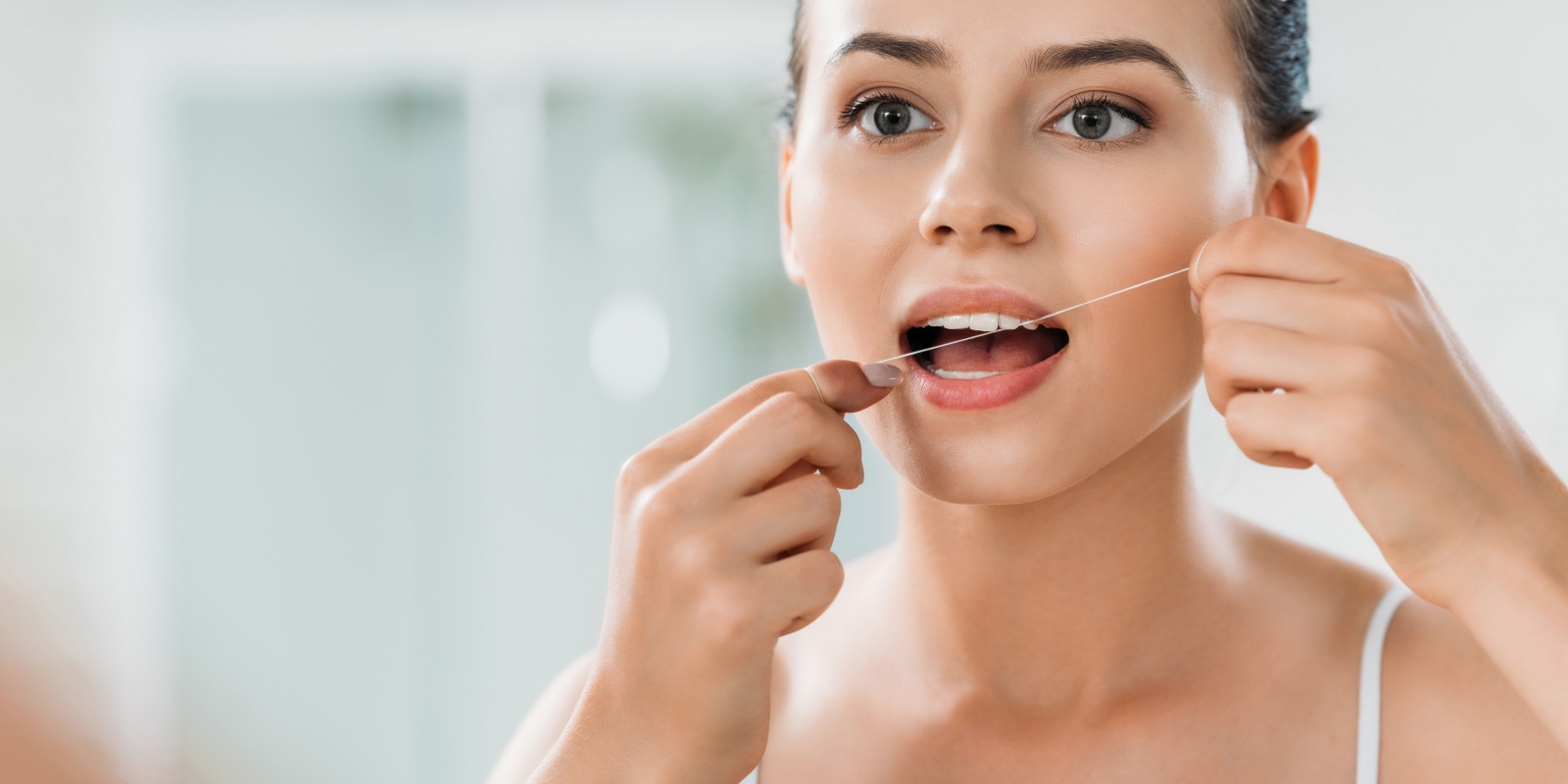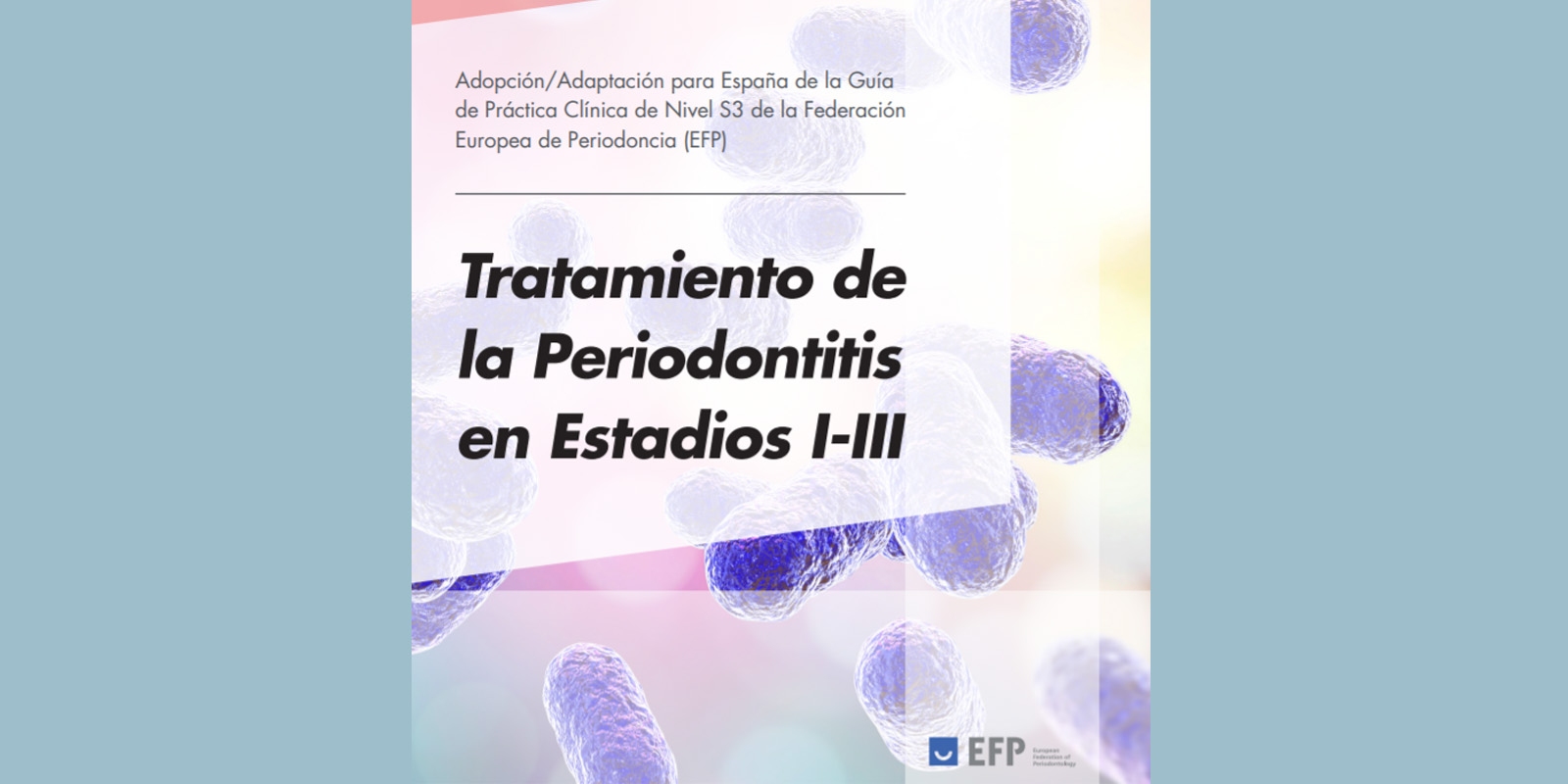DENTAID EXPERTISE
News for dentistry professionals
The importance of interdental cleaning in daily oral hygiene

Although nowadays the general public has a sufficient understanding of basic oral hygiene, we still find patients in dental clinics who are unaware of the resources available in order to achieve complete oral health.
In 2020, surveys based on telephone interviews with 1000 individuals found that 8 out of 10 claimed they brush their teeth at least twice a day. However, regular interdental hygiene does not exceed 21%.(1) The data show that the use of interproximal hygiene instruments is scarce.
Today, there are ever more patients with orthodontic appliances, including tooth-supported and implant-supported prostheses. Wearing these prostheses entails different, more thorough care than that for a mouth with all its natural teeth, although with constant reinforcement and learning it becomes a normal practice of personal care like any other. Our patients must see at each visit that not only is everything right regarding their fixed or removable prostheses, but they must also show they know how to use interproximal hygiene tools to clean these areas, and we must clear up their doubts or concerns and correct any errors they may reveal.
By simply brushing teeth, we cannot clean all their surfaces. About 40% of the surfaces are interdental, so for these areas we need to perform interdental hygiene, which will prevent the build-up of bacterial plaque between the teeth, on the gums, around implants, prostheses and orthodontic appliances, preventing periodontal and peri-implant diseases as well as staving off interdental decay.
There are several products and accessories with which we can remove dental biofilm, or plaque. The question is:
Flossing or brushing first?
According to William Frossard, a professor and coordinator of the specialisation course in dental prosthetics at the UERJ–Rio de Janeiro State University in Brazil, “In general, dental floss is recommended first to remove the plaque that is between the teeth, and then brushing to get rid of the malodour generated after removing the plaque. This way, you will maintain that pleasant breath that toothpaste provides.”(2) Additionally, if we carry out interdental cleaning prior to brushing, the toothbrush will scrub off what we have removed with the dental floss/interdental brush.
Interdental hygiene tools:
- Dental floss and tape, with or without wax: these can remove up to 80% of interdental biofilm 2-3 mm below the gingival margin.
- Dental threaders and dental floss with built-in threaders: these help us to insert floss or tape into hard-to-reach spaces. Ideal for patients with prosthetics, orthodontics and implants.
- Interdental brushes: Suitable for medium to wide interdental spaces, between 0.6 mm and 2.2 mm in diameter. These brushes must be the appropriate size for interproximal spaces, so it very important for hygienists to show their patients what type and size of interdental brush they need for each tooth and space. Interdental brushes must be inserted gently so as not to harm the surrounding tissues. Insert the brush from the vestibular side into the interdental space with circular movements until it reaches the lingual or palatal side, and then make horizontal movements. The brush should always be rinsed between one interdental space and the next. In the rear of the mouth, where the vestibular and palatal/lingual tissues are at different levels, the brush may be bent so that its tip does not impact the soft tissues on the opposite side and thus avoid damaging them.(3) (4)
- Interdental gel: These gels may be bactericidal, and when applied to the interdental brush filaments will penetrate the interdental areas, thus preventing gingival inflammation and caries. It is advisable to first use the interdental brush without gel, and once the space is clear, to pass through again with the gel.
- Oral irrigators: These are a great complement for oral hygiene since the stream of water or mouthwash and its pulsating movements and pressure will sweep away everything that we have previously disrupted, whether with interdental brushes or with dental floss. There must be adequate distance between the teeth and the oral irrigator, with moderate pressure so as not to harm the surrounding tissues. Oral irrigators can be very useful as vehicles for administering chemotherapeutic agents that inhibit microbial growth, especially in inaccessible areas such as interdental spaces and periodontal pockets.(4)
About the Author
Marta Estévez Sánchez.
Oral Hygienist. Assoc. no.: 280956.
Colab. Comisión de periodoncia del Colegio Profesional de Higienistas Bucodentales de Madrid (Periodontics Committee of the Professional Association of Oral Hygienists of Madrid).
Bibliography
- Libro Blanco de Salud Bucodental en España 2020 [White Paper on Oral Health in Spain 2020]. Consejo de Dentistas y Fundación Dental Española [Council of Dentists and Spanish Dental Foundation]: https://www.consejodentistas.es/comunicacion/actualidad-del-consejo/publicaciones-del-consejo/libros-del-consejo/item/download/1995_f20cf9bc09cecd119551ef9ad51043d3.html.
- ¿Cuál es el orden correcto del cepillado: Hilo, cepillo y enjuague? [What is the correct order of brushing: Floss, brush and rinse?] Available at https://www.odontologos.mx/pacientes/noticias/1388/cual-es-el-orden-correcto-del-cepillado-hilo-cepillo-y-enjuague.[accessed 2014 Des 03]
- Asquino Natalia, Villarnobo Fabiana. Cepillos interdentales, de la teoría a la práctica. Revisión de literatura e indicaciones clínicas. [Interdental brushes, from theory to practice. Review of the literature and clinical indications]. Odontoestomatología [Internet]. 2019 Jun ; 21( 33 ): 46-53. Available at: http://www.scielo.edu.uy/scielo.php?script=sci_arttext&pid=S1688-93392019000100046&lng=en. Epub 01-Jun-2019. http://dx.doi.org/10.22592/ode2019n33a6. [accessed 2021 Apr 26]
- Rosales Corria Erma Nairelis, Cabrera Zamora Suyenni Laura, Coll Aguilera Ana Maria, Sánchez Rodríguez Rosabel, Pardias Milán Lina, Nicles Cabrera Roberto Enrique. Prevención de enfermedades periodontales. Métodos mecánicos de control de placa dentobacteriana. [Prevention of periodontal diseases. Mechanical methods for controlling oral bacterial plaque.] Multimed [Internet]. 2019 Apr; 23(2): 386-400. Available at: http://scielo.sld.cu/scielo.php?script=sci_arttext&pid=S1028-48182019000200386&lng=es. [accessed 2021 Apr 30]
RELATED ARTICLES

17 Feb 2022
EuroPerio Series: professional discussions and scientific exchange
To keep the global perio community up to date with the latest research findings as well as give a taster of what is to come at EuroPerio10, the…

21 Jan 2022
Xerostomia in COVID-19 positive patients: clinical considerations
Severe Acute Respiratory Syndrome Coronavirus 2 (SARS-CoV-2) the cause of the pandemic known as COVID-19, affects different organs and systems (lungs,…

20 Jan 2022
A guide adapted to Spain to optimise the approach to periodontitis
There are currently numerous clinical practice guidelines to direct the treatment of many systemic diseases (such as diabetes, depression,…
Sign up for the DENTAID Expertise newsletter
Sign up for the newsletter